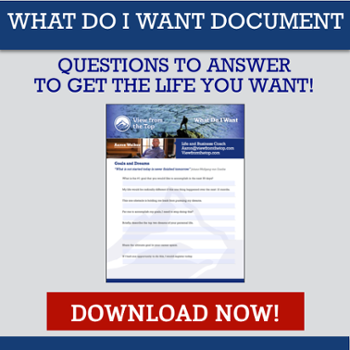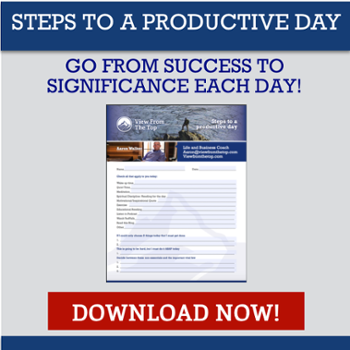
If you follow me on Facebook or YouTube, you might notice nearly all my videos take between two to five minutes. They all get filmed during my walks in the Station Camp Greenway, a nature trail near Hendersonville, Tennessee, where I live.
Now you could say this is from my love of the outdoors if you want. You could point out that I sometimes do my videos in my car, or in my office. Maybe you’d guess I do my best public speaking in a wooded forest, I don’t know.
But good communicators know the value of generating a consistent, intentional “atmosphere” when they send a message. I fall back on my experience as a Christian life coach for this … I know people are more open to discussing deep issues when they feel safe.
WHY FRANKLIN ROOSEVELT HAD HIS FIRESIDE CHATS
As we finish up the book “Leadership In Turbulent Times” by Doris Kearns Goodwin, I found it interesting to learn the story of how President Franklin Roosevelt started many political traditions still in use today.
One of these was the “fireside chat,” a radio address that attracted tens of millions of listeners during the difficult years of the Great Depression. What caught my attention was that they always included what happened, why it was done and what the next steps would be.
Now, that’s what I call putting your coach or mentor hat on. Roosevelt understood the power of telling stories to persuade the nation. And like a star client taking advice from a business coach, the American people responded to Roosevelt immediately.
Ever since that time, great communicators learned how important it is to incorporate continuity into messages you send. President Roosevelt went on to give about 30 more fireside chats during his 11 years in the White House.
WAYS TO COMMUNICATE
One thing I teach members of our mastermind groups online is to find the platform and method that work best for you.
If you don’t want to feel like you’re only talking to yourself, it’s wise to use the platform where you get the greatest response or traction when you speak. For me, this has meant Facebook. I use YouTube to store the videos, but it’s not a heavy traffic site for me. I don’t get much traction on Instagram, Snapchat or LinkedIn either.
Once you know where the audience gathers, you have to figure out how a majority of them perceive you, and why they’re likely to tune in when you speak. Because I offer business coaching services and masterminds online, most of my videos focus on personal and professional development concepts.
So here are some rules for effective, consistent communication with your audience.
1. Choose the Medium Where You’re Dominant. Don’t try to do this on Instagram, Pinterest or Snapchat if your primary audience is on Facebook or LinkedIn. When I teach clients how to build online mastermind groups, I tell them to pick one or two channels where they can crush it … and THEN they can explore other ones later on.
2. Choose the Day and Time Your Episodes Drop. I pay my team to make sure my videos on Facebook and YouTube premiere at the same time on the same day every week, so the audience gets used to it and expects a rhythm and routine.
3. Automate Your Content. There are some great programs out there like SocialBee or HootSuite that will automatically run and re-run your interviews, blogs, memes and other content for very reasonable prices.
4. Choose Your Setting. I chose the Station Camp Greenwood because I go for walks in it every day. It’s quiet, wide open and beautiful. There are lots of places I can stop, set my phone down and record a video of myself talking … even if it’s a little awkward when somebody walks by!
5. Tell Stories. Especially if you’re in the mastermind business, you want to tell people where you’ve been, where you are and where you’re going. If you’re teaching principles or rules to live by, author Rob Kosberg says you should use the “open-loop” system. That’s where you talk about the mistakes you made, followed by the principles you learned, and the better results you get once you implement them.
I know this might be more than you want to think about when you’re setting up communication with your audience. The truth is, we all have learning curves. When I started the Iron Sharpens Iron mastermind groups, a friend of mine said, “Big A, you need to go on podcast interviews.”
“Great,” I said … “what’s a podcast interview?” I’d never heard of it before! But I didn’t let it stop me from learning what it was. I can’t imagine where I’d be if I hadn’t taken the suggestion, because an overwhelming majority of our clients come from hearing me on podcasts.
I hope this inspires and challenges you to think about your communication strategy. It can get tricky, though, the larger and more influential your business becomes. If you’re looking to get extra sets of eyes on your personal and professional development, I strongly recommend you consider a business mastermind.
We have groups for men and women, and I strongly urge you to apply if you want to be part of one. Space is limited, so hurry over to our website and fill out an application to join today.





